
Here's how a blood donation to Canada's Lifeline helps your local community
Right now, only a small amount of blood donors are helping to meet the needs of everyone in Canada.
Canadian Blood Services says a recent IPSOS survey shows that 87 per cent of people in Canada recognize there is a constant need for blood and blood products, yet 50 per cent say they have not donated because they are waiting to be asked.
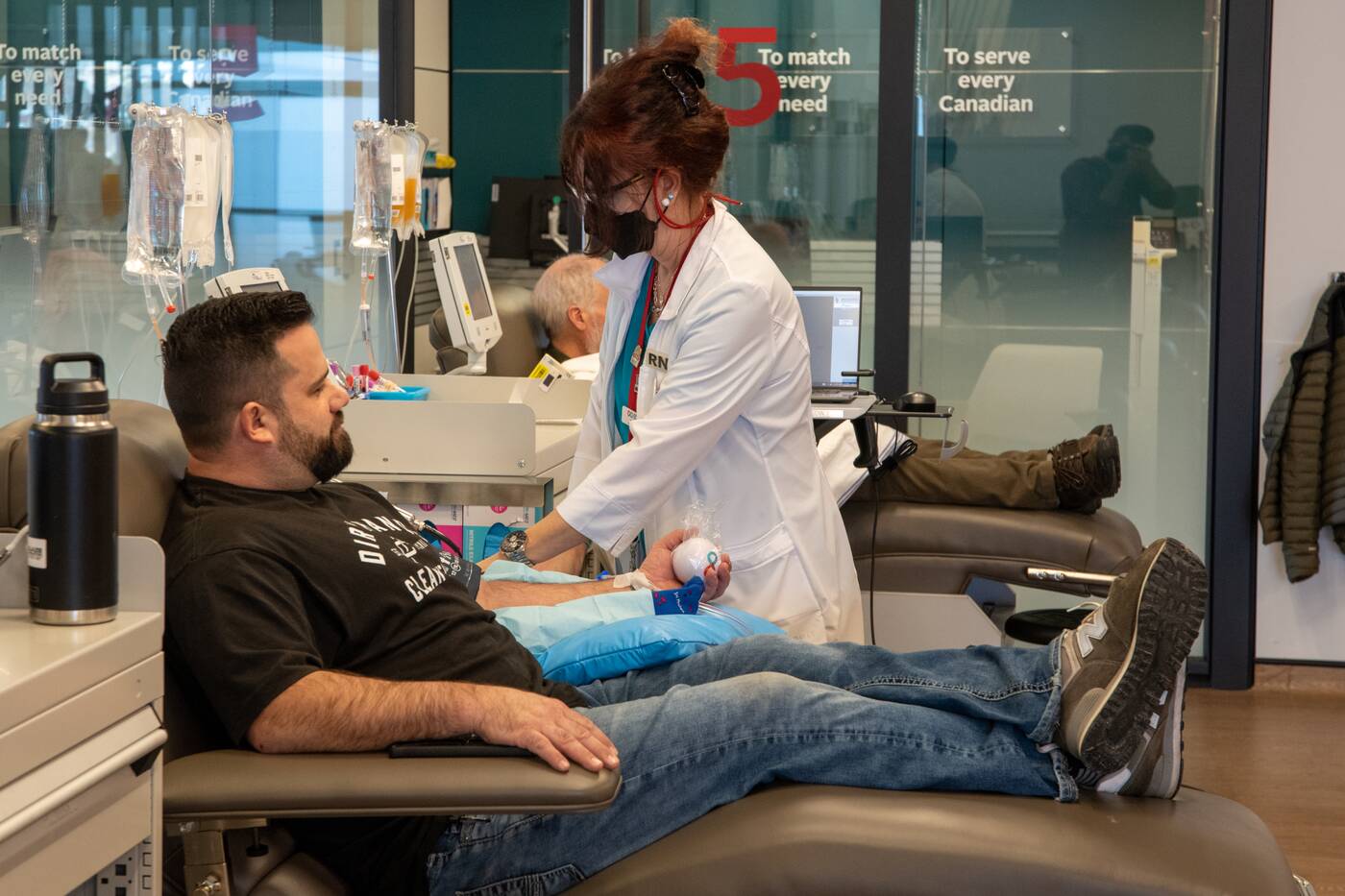 This summer, Canadian Blood Services is asking everyone to make a donation and fill the over 150,000 open appointments — because patients' needs never take a holiday.
This summer, Canadian Blood Services is asking everyone to make a donation and fill the over 150,000 open appointments — because patients' needs never take a holiday.
If you’re confused as to where your blood goes after you donate it, here’s everything you need to know about what happens to your blood following a donation.
What happens when you donate blood and plasma?
When you make a whole blood donation, all components of the blood, including red and white blood cells, platelets and plasma are collected together.
Once your donation has been received, it then goes to a lab, where it gets separated into its different parts to easily access what is needed, when it’s needed.
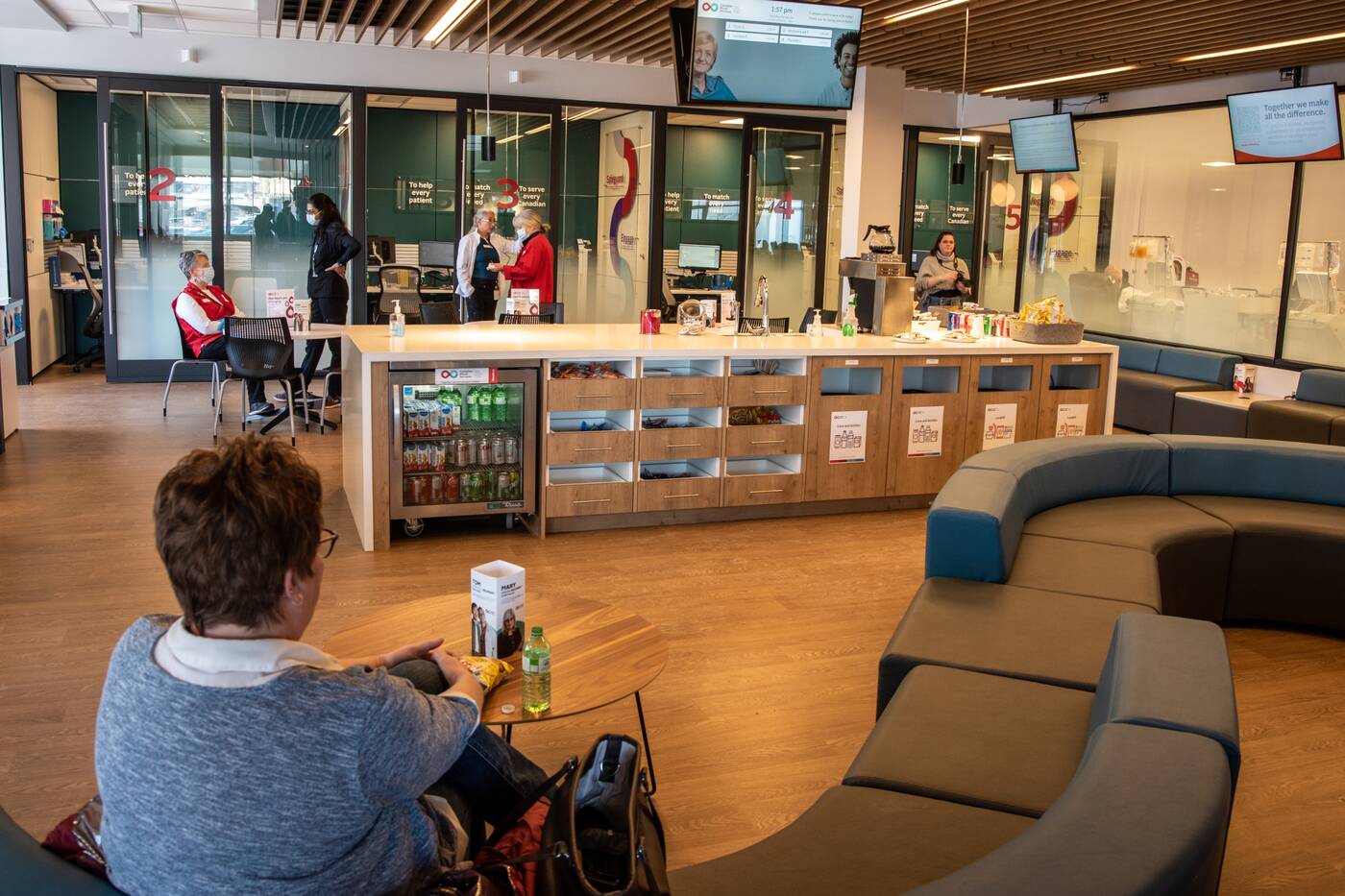 Donating plasma is a little different. Because you’re only donating one part of the blood, you’ll be hooked up to a machine that will separate the plasma out and returns the rest of your blood back to your body while you’re donating.
Donating plasma is a little different. Because you’re only donating one part of the blood, you’ll be hooked up to a machine that will separate the plasma out and returns the rest of your blood back to your body while you’re donating.
Where does my donated blood and plasma go?
Donated blood and plasma, specifically for transfusion, is first blood-typed, which determines who can receive your blood donation. It's also tested for infectious diseases like HIV and Hepatitis C.
It’s important to determine your blood type, as certain types of blood can only be safely transfused with other types. AB+ blood is universal and can receive all types of blood while O- can only receive O- blood, but is able to be used with any other blood type — making them a universal donor.
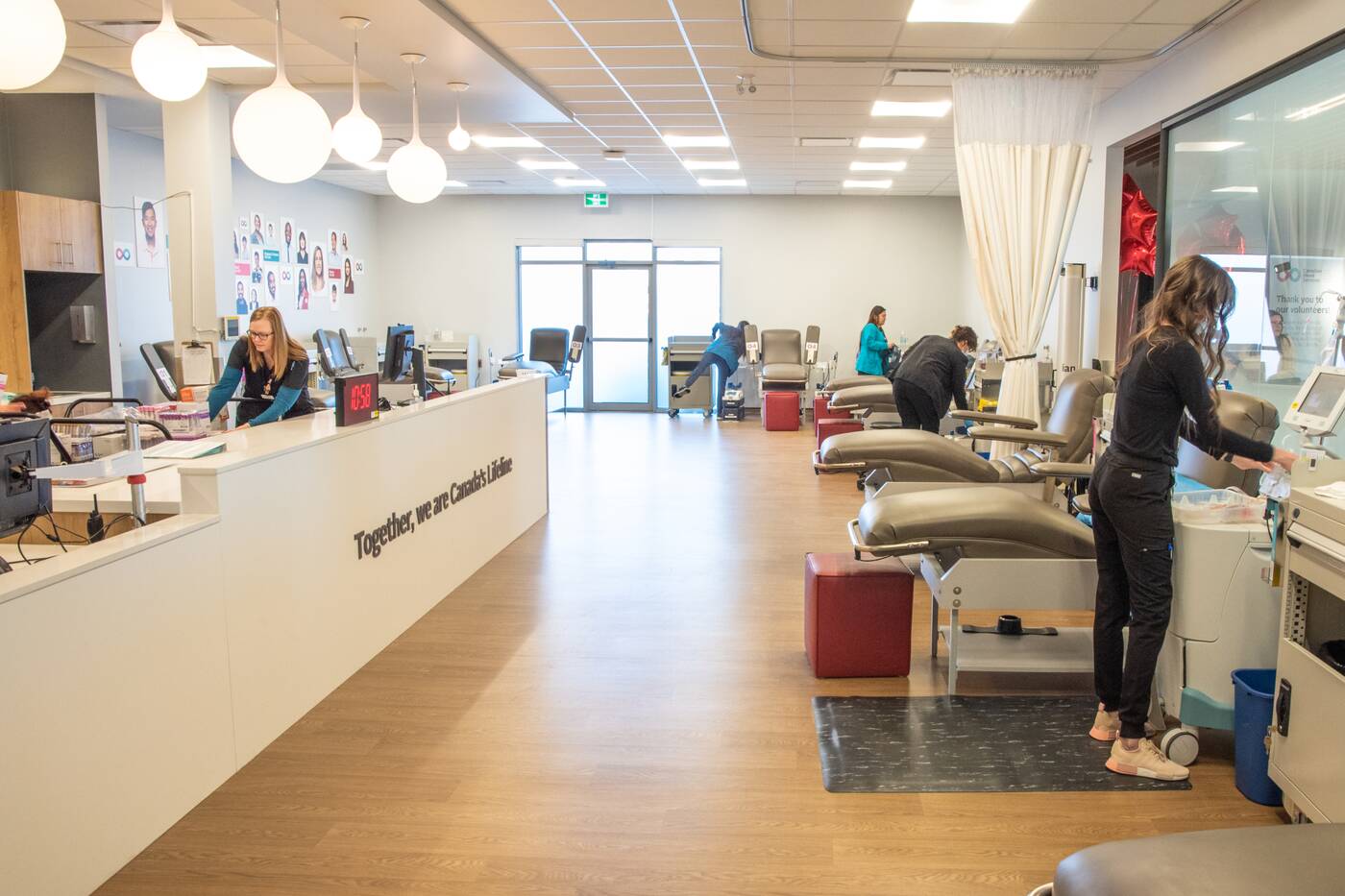 Once that’s completed, it’s sent to Canadian Blood Services where they store it until patients need it for transfusions during surgeries, or used to make plasma-based products like immunoglobulin (or IVIG).
Once that’s completed, it’s sent to Canadian Blood Services where they store it until patients need it for transfusions during surgeries, or used to make plasma-based products like immunoglobulin (or IVIG).
What are plasma-based products?
Plasma, being the element that helps carry your blood around your body, is rich in proteins that protect your body from illness, infection and excessive bleeding. These proteins can often be used to make medications called plasma protein products — which are used to treat bleeding disorders, burns and immune deficiencies.
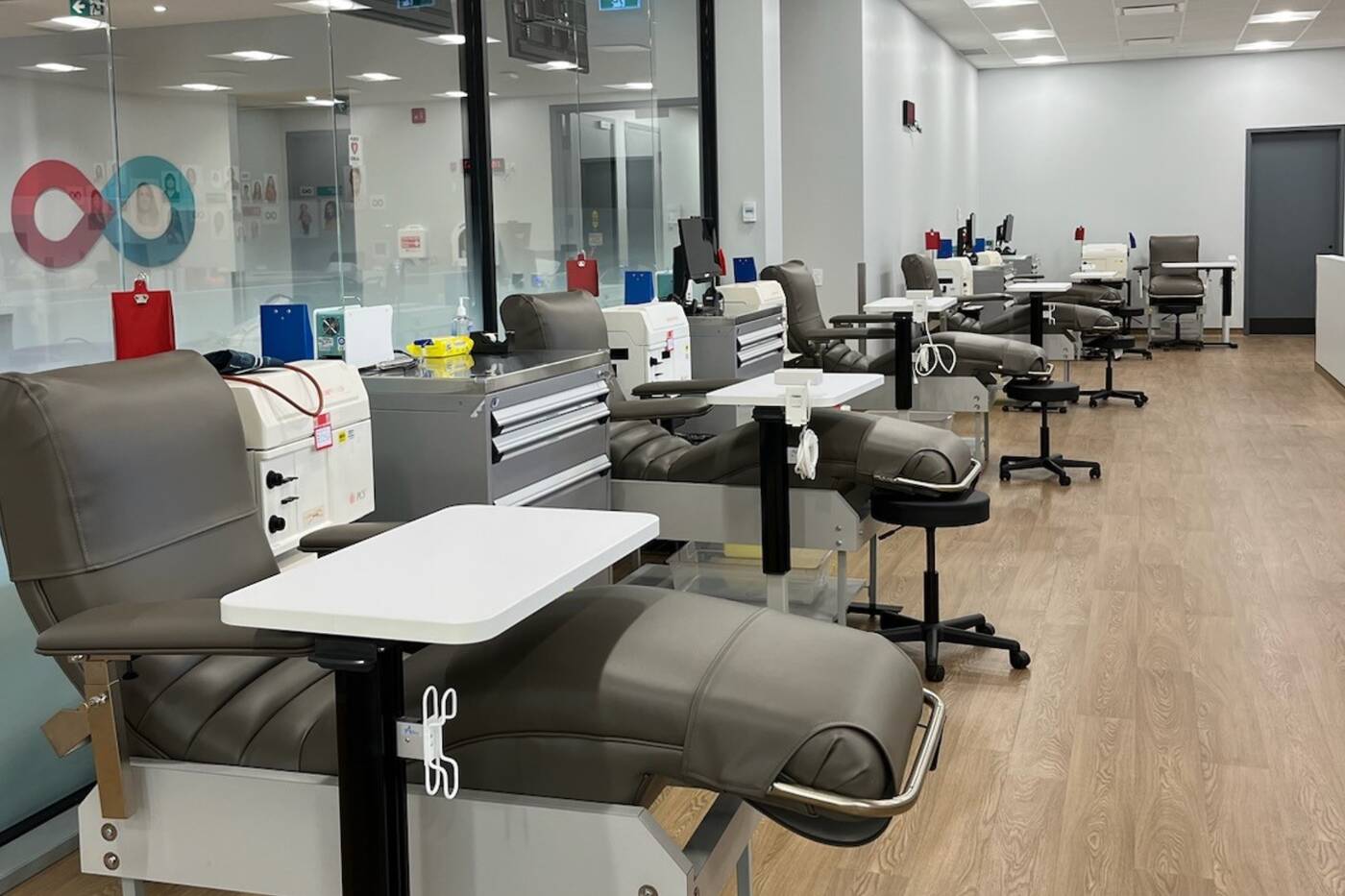
These products are made from the tested plasma, done by Canadian Blood Services, and shipped to manufacturers, called fractionators, who then pool together donations to treat the plasma and separate the proteins from the plasma mixture.
The separated proteins are then purified using light, heat, filtration and chemical products over time to help inactivate or remove any viruses and pathogens. Then, the proteins are retested to make sure they meet the highest standards of quality, before getting shipped back to Canadian Blood Services to be used in hospitals.
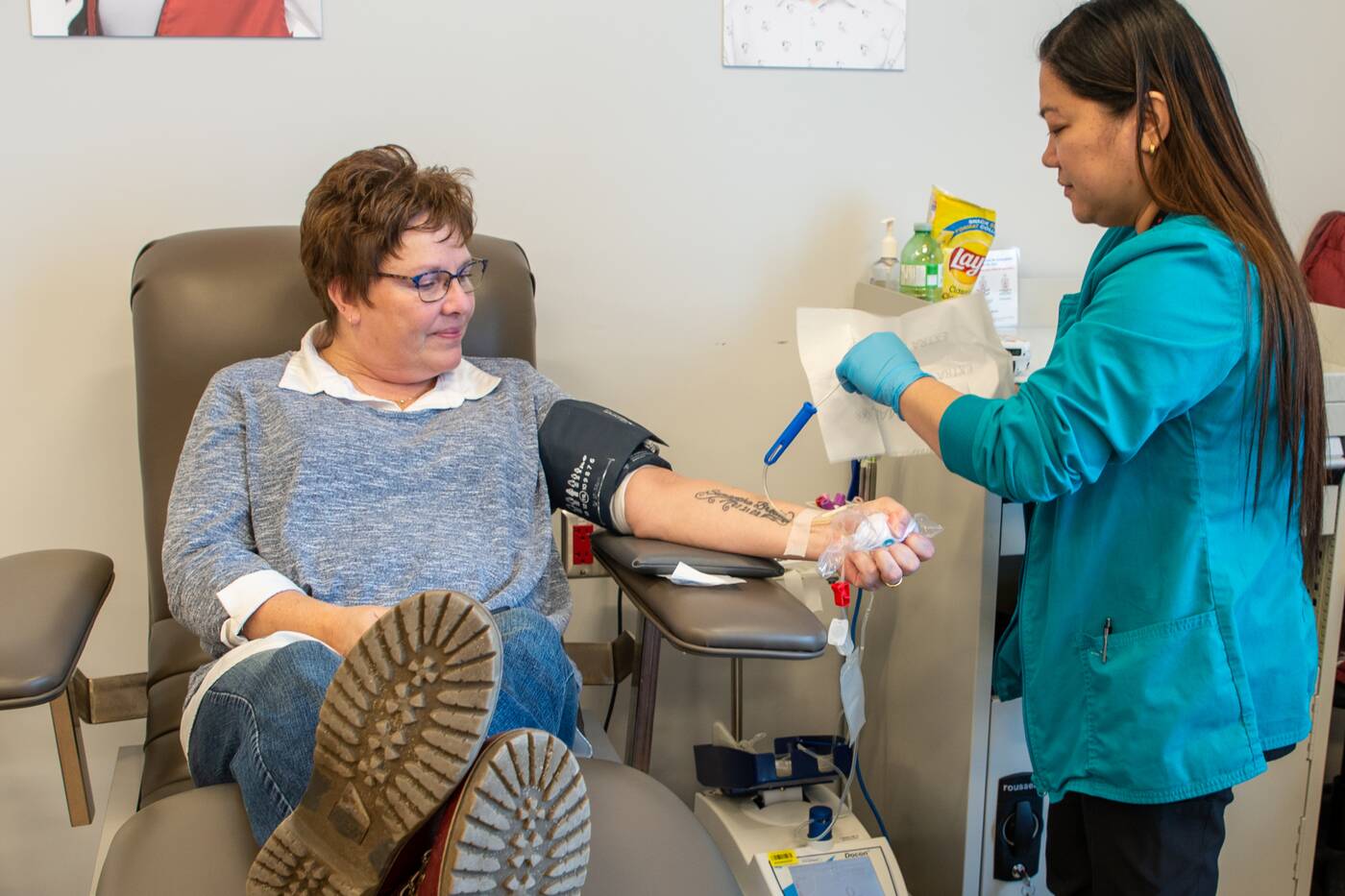
This process is a lengthy one and can take upwards of nine months to complete. But these products are vital to treating a number of things, like immune disorders, neurological disorders and hemophilia.
Donating blood and plasma can help you become a lifesaver this summer. To make a donation, you can visit Canadian Blood Services to find your nearest available clinic and book an appointment.
Latest Videos
Latest Videos
Join the conversation Load comments







